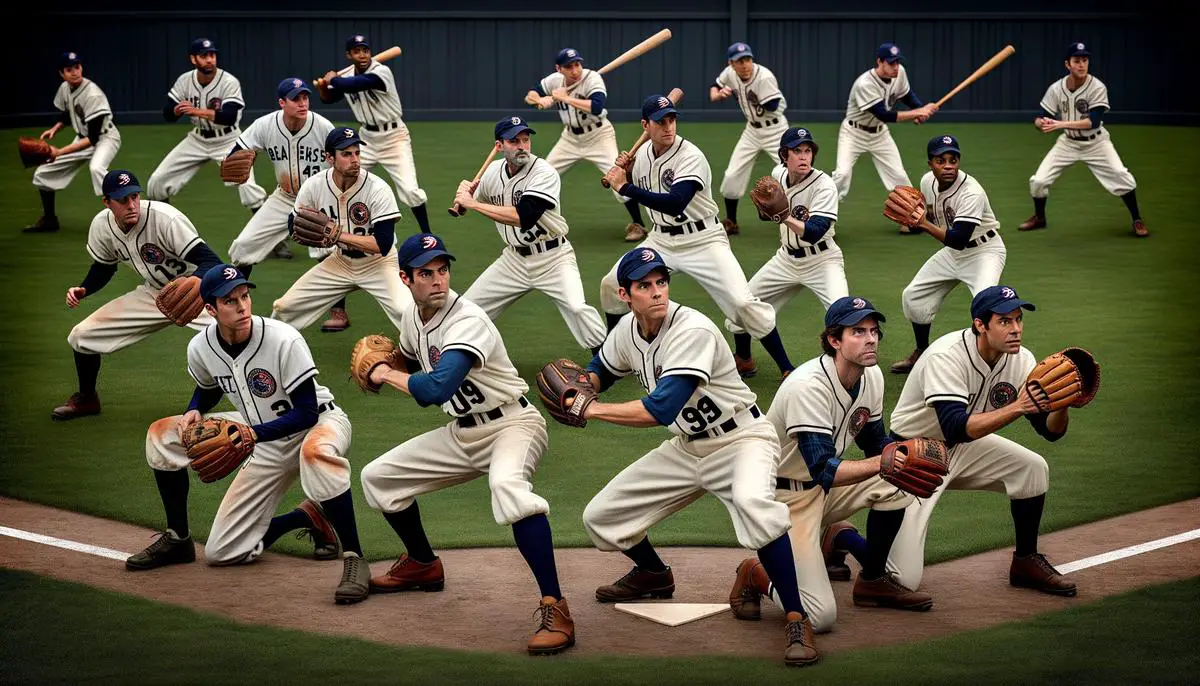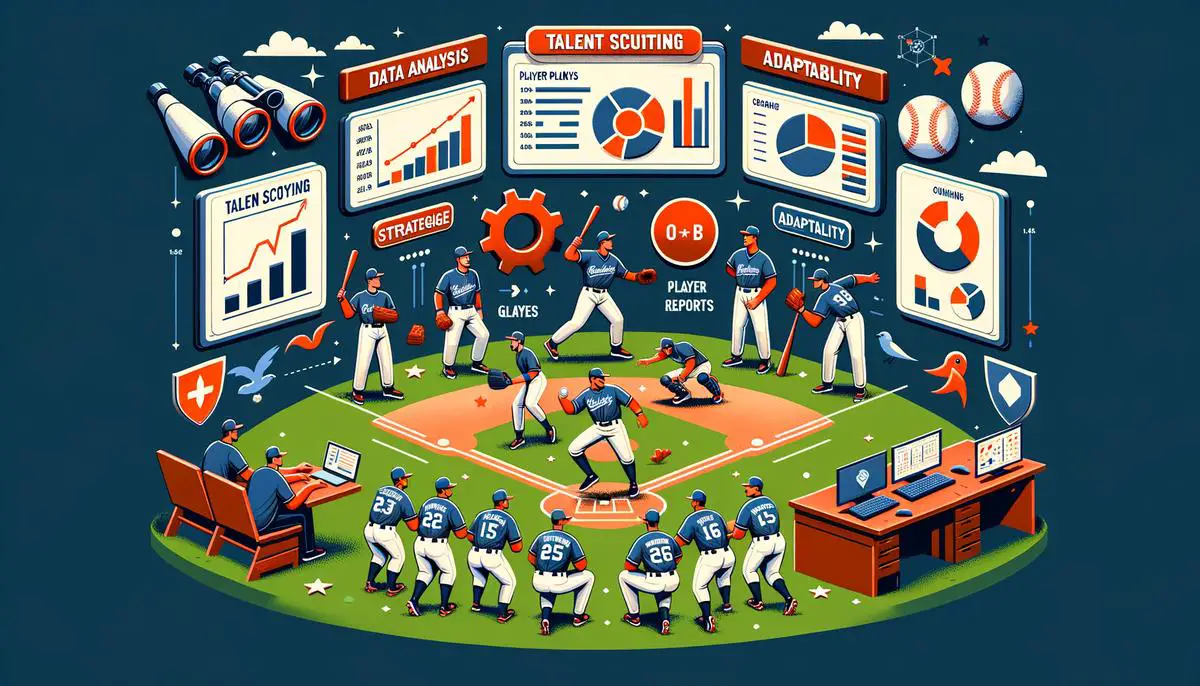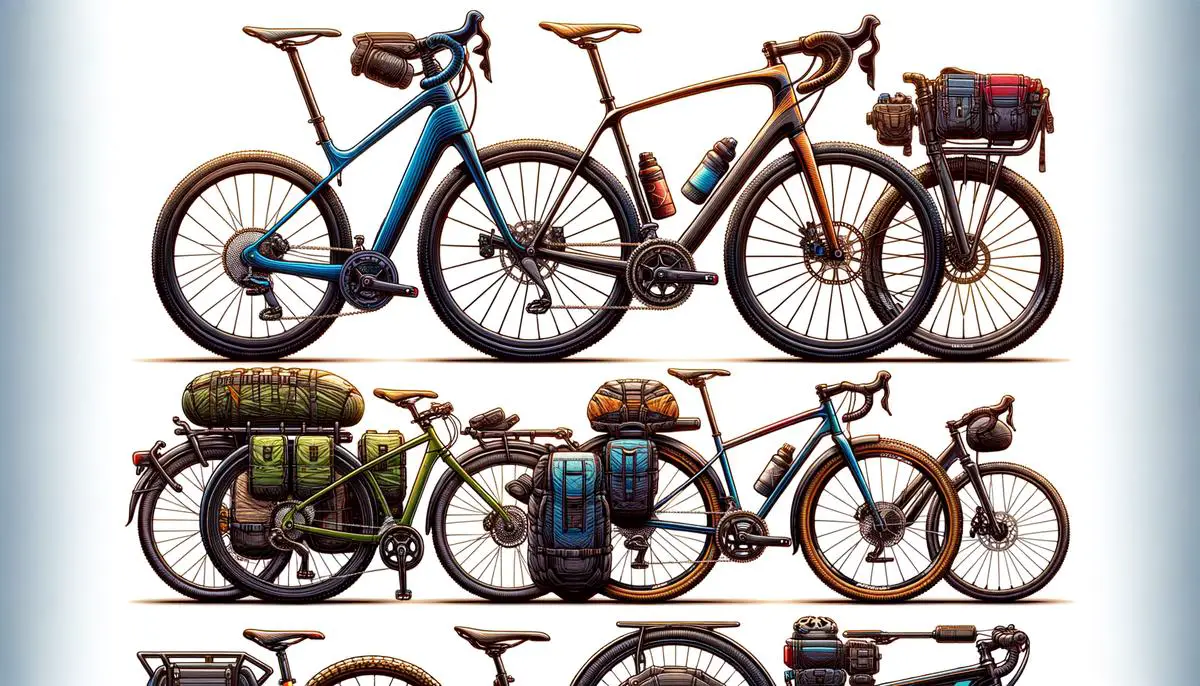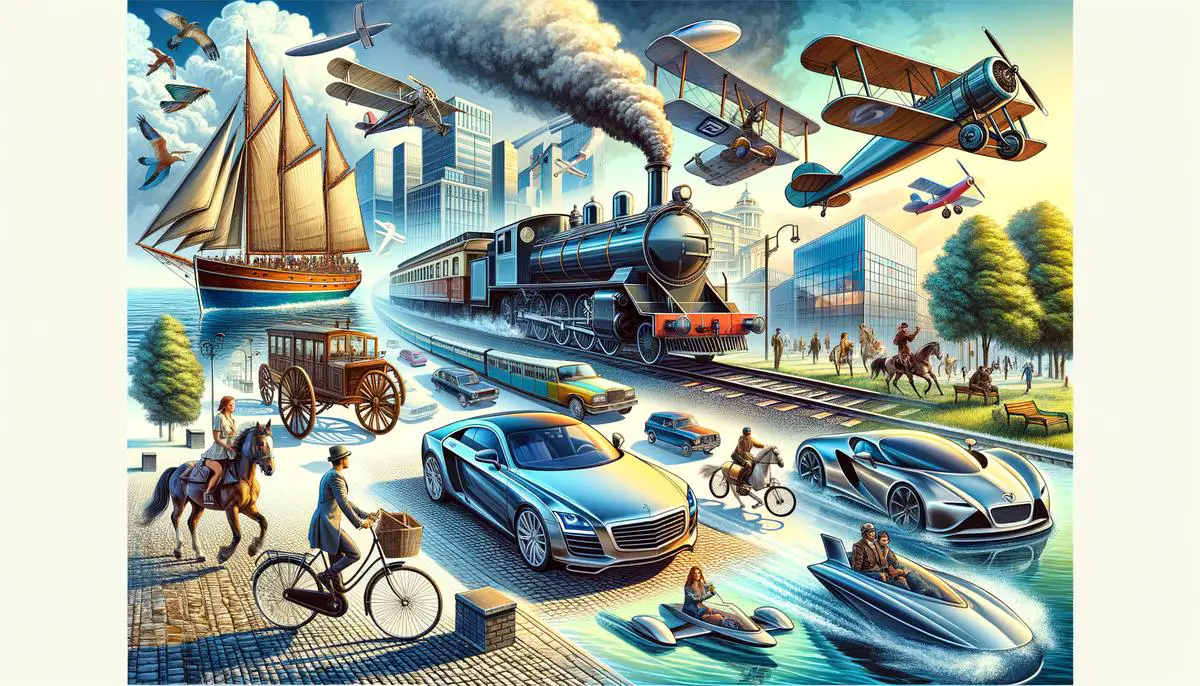What are the best pumpkin patches for toddlers in Southern California?
Southern California offers several excellent pumpkin patches perfect for toddlers and young children. Here are some top picks:
Irvine Park Railroad Pumpkin Patch
Located in Orange, this pumpkin patch is a toddler's paradise. It features:
- A fun train ride
- Hay maze
- Panning for gold activity
- Small, manageable pumpkin patch
- Face painting stations
- Hay pyramid for climbing
Underwood Family Farms
Situated in Moorpark, this farm offers:
- Exciting pig races
- Petting zoo
- Tractor-drawn wagon ride
- Kids' Corral with toddler-friendly activities:
- Corn sandbox
- Mini hay pyramid
- Pony rides
Tanaka Farms Pumpkin Patch
In Irvine, Tanaka Farms provides:
- Guided wagon ride around the farm
- Petting zoo
- U-pick pumpkin patch
- Photo opportunities
- Corn maze
- Play area
Live Oak Canyon Pumpkin Patch
Found in Redlands, this patch features:
- Small petting zoo
- Bounce houses
- Kiddie ride area
- Simple corn maze
- Various photo spots
Mr. Bones Pumpkin Patch
Located in Culver City, Mr. Bones offers:
- Cornstalk Maze
- Petting zoo
- Hay maze
- Halloween-themed play areas perfect for young children
These pumpkin patches provide a variety of activities suitable for toddlers, ensuring a fun and memorable fall experience for the whole family.

Which apple-picking spots in Northern California are suitable for toddlers?
Northern California boasts several apple orchards that cater to families with young children. Here are some top picks for toddler-friendly apple picking:
Apple A Day Ratzlaff Ranch – Sebastopol
- Peaceful environment perfect for families
- Easy-to-explore orchards
- Long poles provided to help little ones reach apples safely
- Lovely picnic area shaded by apple trees
Willowbrook Apple Farm – Oak Glen
- Idyllic setting with a welcoming atmosphere
- U-pick apple orchard easy for toddlers to navigate
- Tractor rides
- Petting zoo
See Canyon Fruit Ranch – San Luis Obispo
- Friendly environment
- Various U-pick options accessible for young children
- Plenty of wide-open spaces for toddlers to explore
Brian Ranch – Llano
- Designed with families in mind
- Wide, flat pathways perfect for strollers and little feet
- Comfortable seating areas and picnic spots
Pro Tip: Remember to pack essentials like hats, sunscreen, and plenty of water to ensure a comfortable and enjoyable experience for you and your toddler.

What fall-themed playgrounds and parks can toddlers enjoy in California?
California offers a variety of fall-themed playgrounds and parks perfect for toddlers. Here are some top picks:
Descanso Gardens – La Cañada Flintridge
- Peaceful environment with stunning fall foliage
- Enchanted Railroad – a miniature train ride
- Seasonal events transforming landscapes into autumn wonderlands
Fullerton Arboretum
- Child-friendly trails
- Educational exhibits
- Small ponds with ducks and turtles
- Family-friendly events, including fall festivals
Oak Glen
- Numerous apple orchards and pumpkin patches
- Stunning foliage
- Hikes suitable for little legs
- Farms like Riley's Farm offer playgrounds and apple pressing demonstrations
Lake Gregory – Crestline
- Well-maintained playgrounds
- Gentle walking paths around the lake
- Beautiful changing leaves
Griffith Park – Los Angeles
- Several playgrounds suitable for toddlers
- Old Zoo area
- Shane's Inspiration Playground
- Colorful fall foliage backdrop
LA County Arboretum and Botanic Garden – Arcadia
- Transforms into an autumn delight
- Stunning array of fall colors
- Peacock Garden with plenty of room for toddlers to explore
Rancho Santa Ana Botanic Garden – Claremont
- Kids' Adventure Garden with interactive elements
- Easy-to-explore trails
- Safe nature engagement for toddlers
Apple Hill – Camino
- Many farms with play areas designed for young children
- Fall-themed activities
- Beautiful autumn scenery
- Some locations feature small train rides and petting zoos
These locations offer a perfect blend of fall ambiance and toddler-friendly activities, ensuring a memorable autumn experience for the whole family.
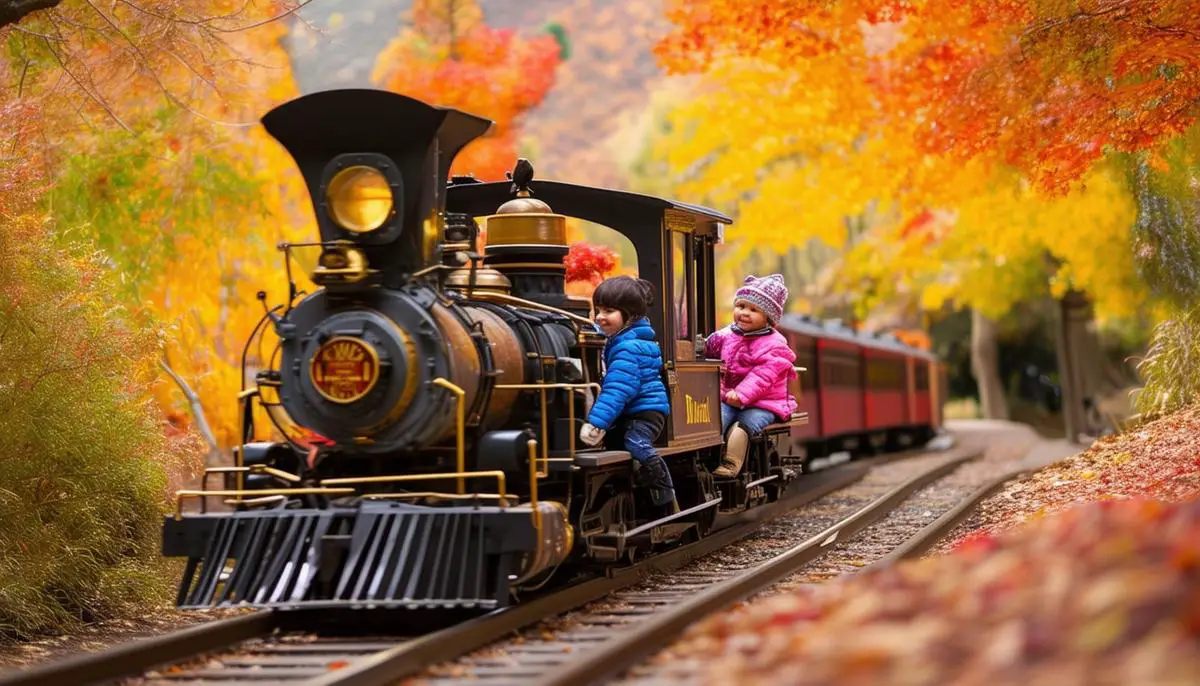
Which fall events and festivals are appropriate for toddlers in California?
California hosts numerous fall events and festivals that cater to families with toddlers. Here are some of the best options:
Haunt O' Ween – Los Angeles
- Trick-or-treating
- Pumpkin carving
- Face painting
- Interactive games designed for young children
SkyPark at Santa's Village – Skyforest
- Whimsical harvest festival
- Pumpkin patch
- Face painting
- Cookie decorating
- Child-friendly Fantom Forest walk-thru haunted maze
Knott's Spooky Farm – Buena Park
- Trick-or-treating
- Fun Halloween show
- Craft activities
- Toddler-friendly attractions
Sesame Place San Diego
- Halloween parades
- Themed rides
- Meet-and-greet with Sesame Street characters
Tanaka Farms Pumpkin Patch Festival – Irvine
- Petting zoo
- Wagon rides
- U-pick pumpkin patch
LA Haunted Hayride: Trick or Treat Experiences – Griffith Park
- "Trick or Treat" area perfect for toddlers
- Non-scary, interactive trick-or-treating
- Friendly characters
- Festive decorations
Malibu Creek State Park's Fall Festival
- Nature walks suitable for young children
- Face painting
- Pumpkin decorating
Underwood Family Farms Fall Harvest Festival – Moorpark
- Giant corn maze
- Tractor rides
- Petting zoo
- Weekend special events with live music and themed activities
Irvine Regional Park's Annual Pumpkin Patch
- Train rides
- Face painting
- Moon bounce
These events offer a range of toddler-appropriate activities, ensuring a fun and safe fall experience for the whole family.

What are some safe and fun Halloween activities for toddlers?
Halloween can be an exciting time for toddlers, but it's important to keep activities age-appropriate and safe. Here are some fun ideas:
1. Pumpkin Decorating
- Provide child-safe tools for scooping out pumpkins
- Use stickers, paint, or pre-made face kits for decorating
2. Costume Parades
Organize a small parade within your neighborhood or local park for kids to show off their costumes.
3. Halloween Storytime
Many public libraries host special Halloween storytime sessions with not-too-spooky tales, songs, and crafts.
4. Safe Trick-or-Treating
Visit malls or community centers offering "safe trick-or-treating" in controlled, indoor environments.
5. Halloween Crafts
- Make paper plate pumpkins
- Create ghost handprints
- Design friendly monster masks
6. Boo at the Zoo
Many zoos offer special Halloween events with trick-or-treating stations and themed animal exhibits.
7. Pumpkin Patch Visits
Explore local pumpkin patches with family-friendly activities like hayrides and petting zoos.
8. Halloween-themed Playdates
- Play "Pin the Hat on the Witch"
- Organize a mini scavenger hunt for small treats
- Have musical chairs with Halloween music
9. Interactive Halloween Shows
Attend toddler-friendly Halloween performances or theater shows.
10. Cookie Decorating
Set up a station with Halloween-themed cookie decorations for a fun, tasty activity.
11. Farm Halloween Festivals
Visit local farms hosting Halloween festivals with toddler-friendly activities like hay bale mazes and pony rides.
Remember, the key is to keep activities light-hearted and not too scary for your little ones. Always supervise toddlers during these activities to ensure their safety and enjoyment.

Which museums offer fall-themed activities for toddlers?
Several museums in California provide engaging fall-themed activities for toddlers:
- Charles M. Schulz Museum (Santa Rosa): Hosts "Museum Mondays for Little Ones" from October to February. These sessions, for children aged 1 to 5, include arts and crafts, storytelling, and interactive exhibits. For $10, toddlers can enjoy autumn-themed activities. Admission includes access for up to two adults.
- Bay Area Discovery Museum (Sausalito): Offers "Toddler Ramble," focusing on sensory play and exploration with seasonal elements like leaf stamping and pumpkin painting.
- Cayton Children's Museum (Los Angeles): Provides toddler-friendly seasonal activities during fall, featuring craft stations, story hours, and themed play areas.
- New Children's Museum (San Diego): "Toddler Time" series includes art projects and exhibits tailored to autumn, such as pumpkin painting and leaf collages.
- Sacramento Children's Museum: Arranges "Wee Wednesday" sessions for toddlers, incorporating seasonal crafts and hands-on activities in toddler-safe environments simulating outdoor fall adventures.
- Children's Museum of Sonoma County: Offers "Little Explorers," integrating fall-themed activities for toddlers. Children can enjoy interactive exhibits like a mini farmer's market and an indoor sensory garden decorated with faux autumn leaves.
These museums provide engaging activities and safe, interactive environments that allow little ones to experience the charm of fall while learning and playing.

What simple fall crafts can toddlers enjoy at home?
Here are some simple fall crafts that toddlers can enjoy at home:
1. Handprint Leaves
Materials: Non-toxic washable paint (fall colors), white paper, paintbrush, wet wipes.
Instructions:
- Paint your toddler's hand with fall colors.
- Press their painted hand onto white paper.
- Repeat with different colors to create a collection of handprint leaves.
- Once dry, cut out the handprints to resemble leaves for decoration.
2. Painting Pumpkins
Materials: Mini-pumpkins, non-toxic washable paint, paintbrushes, aprons.
Instructions:
- Cover the table for easy cleanup.
- Let your toddler choose paint colors for their mini-pumpkin.
- Show them how to apply paint to the pumpkin.
- Encourage them to create patterns, faces, or abstract designs.
- Let the pumpkins dry before displaying.
3. Leaf Rubbings
Materials: Fall leaves, white paper, non-toxic crayons.
Instructions:
- Collect fallen leaves on a short walk.
- Place a leaf vein side up and cover with white paper.
- Show your toddler how to rub a crayon over the paper to reveal the leaf's texture.
- Use different leaves and colors to create a collage.
4. Pinecone Painting
Materials: Pinecones, non-toxic washable paint, paintbrushes, paper plates.
Instructions:
- Place a pinecone on a paper plate with paint colors.
- Let your toddler paint the pinecone, mixing colors as they like.
- Allow the painted pinecones to dry before displaying.
5. Paper Plate Pumpkins
Materials: Paper plates, orange paint or crayons, green and black paper, glue stick.
Instructions:
- Have your toddler color the paper plate orange.
- Cut out a green stem and black shapes for eyes, nose, and mouth.
- Help your toddler glue the pieces to create a jack-o'-lantern face.
- Display the finished pumpkin plate as a decoration.
Always ensure adult supervision when using scissors and small craft items. Provide plenty of praise and encouragement as your toddler creates their fall masterpieces!













